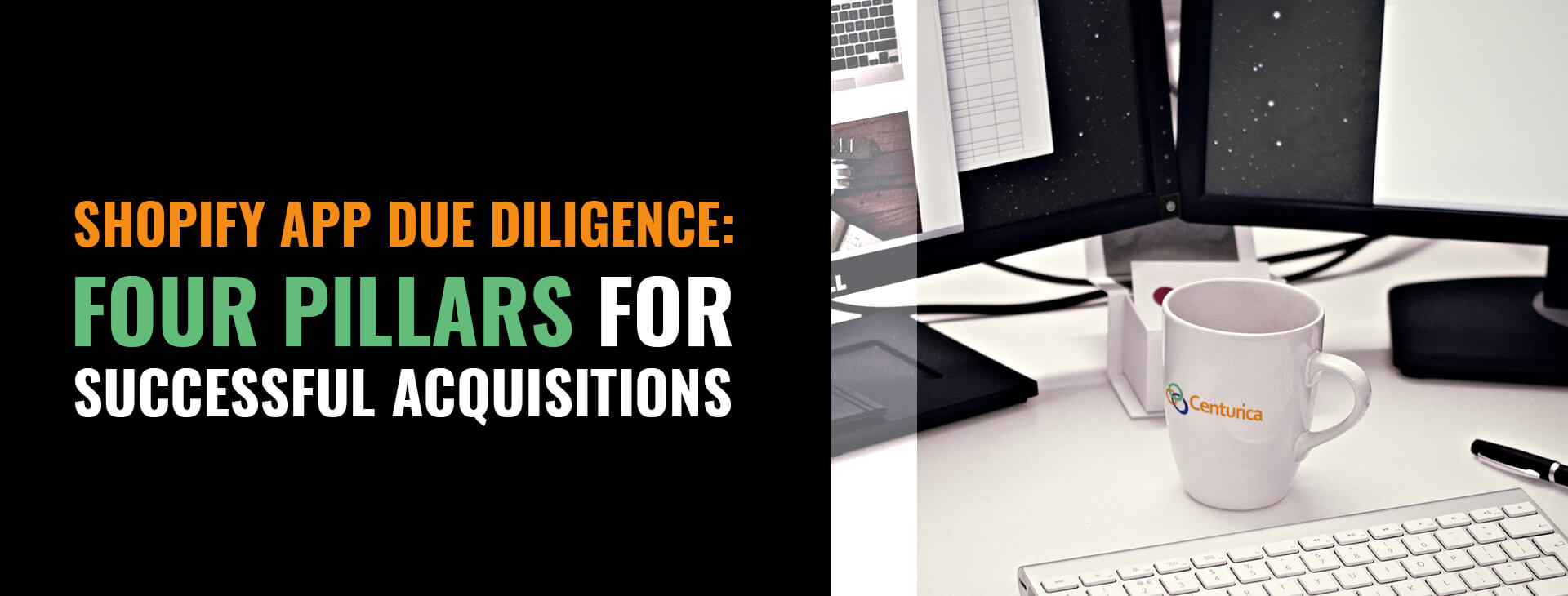Nowadays, Shopify app acquisitions are becoming more and more popular. There are more and more aggregators acquiring them. How can one know if it’s a worthwhile investment? A SaaS app with recurring revenue can be very attractive. However, unexpected issues can be hard to spot if you don’t know where to look.
If you’re new to buying a Shopify App business or looking to refine your process, this post will dive into four simple angles, or pillars, to explore. These pillars can serve as a model to help you explore areas where unexpected issues might arise. Evaluating these angles should form part of your wider due diligence and will help you mitigate risk and increase your chances of earning a nice return on your investment.
This post is meant for buyers, but if you own a SaaS business, this post can also help you better understand how to make your business more attractive and prepared for a sale. Let’s dive in.

1. Let’s Get Technical
Like any software business, ensuring that it’s technically sound is a must. Shopify Apps are indeed a software business, so you need to know that the software you’re acquiring is technically sound. This means it’s clean, reliable, and functional. You need to make sure that the tech is robust and efficient. Otherwise, you may be in for some surprises that lurk behind lines of sloppily-written code.
Without proper due diligence on the technical aspects of a Shopify App, you’re basically asking for a disaster. Most technical disasters are easily avoidable, all you need is to get someone qualified to evaluate the code. That might be you, a friend, a colleague, or someone you hire specifically to do it for you. If you aren’t a coding expert then it’s probably a good idea to hire a professional for this one.
This step is crucial because you’ll need to know if you can build and scale on the existing code. If not, you can be in for challenging times ahead. And that’s probably a nice way to phrase it. For example, I know of a company that was growing like crazy and was recently acquired. But, whoever did the technical due diligence missed a few things. So, as this software business scaled, the product began to have some serious problems. The acquirer ended up having to rebuild the product completely. As you can guess, this was very expensive and time-consuming.
Learn from this short anecdote. Don’t be like that buyer. Instead, review the technical aspects of the product before you acquire it. This is insurance against your whole acquisition blowing up on you in the future. It’s important and totally worthwhile.
If you need some good technical DD assistance reach out to us at Centurica. We’ve been building our team of technical analysts to review the code for your acquisition to ensure it’s tight and scalable.
Assuming your Shopify App target passes Technical DD, then next you need to answer a crucial question about the customers.
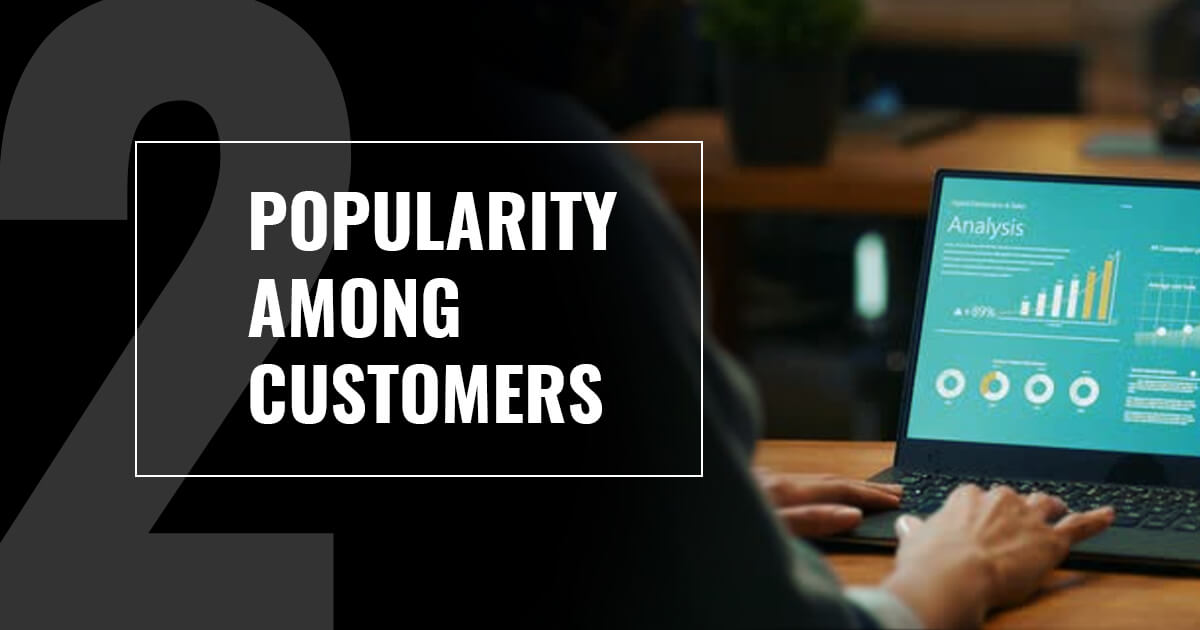
2. Popularity Among Customers
“How much do the customers like the product?” This simple question paves the way for our second pillar: customer popularity.
Good products will survive while poor ones won’t. This goes for all types of businesses. So, next you need to make sure that the customers are having a good experience with the product. Even if you are buying a business in a category you may not be an expert in, that’s fine – let the numbers do the talking.
The first metric to look at is churn. Churn is usually expressed as the percentage of customers who cancel their monthly subscription each month. For example, if you have 100 customers at the start of the month and 5 customers cancel by the end of the month, then the churn would be 5%. Churn is critical to SaaS due diligence since it indicates how much the customers like the product.
If customers are dissatisfied, they’ll cancel their subscription. It’s as simple as that. If they like the product and are happy, they’ll tend to stick around and continue paying. The higher the Shopify app’s churn, the faster the customers drop off, and the more you have to spend on marketing to acquire new ones.
Another metric that can help determine customer opinion about the product is the net promoter score (NPS), which asks customers how likely they are to recommend the product to a friend. NPS can also predict revenue growth through word-of-mouth referrals.
Finally, you can look at the customer support tickets. How many tickets does the product get each day? Each week? Month? If the volume is higher than the industry average, then that can indicate that customers either don’t understand the product or it’s failing to meet their expectations.
Ideally, your acquisition target will have low churn, a high net promoter score, and lower than average customer service tickets. These are all signs that customers are happy with the product. If you can’t determine or make sense of these metrics alone (and in our experience, almost all buyers can’t), definitely enlist the help of a competent due diligence provider that can help you make the right decision and avoid a costly mistake.
Now that you are confident the customers like the product, it’s time to dive into the actual numbers.
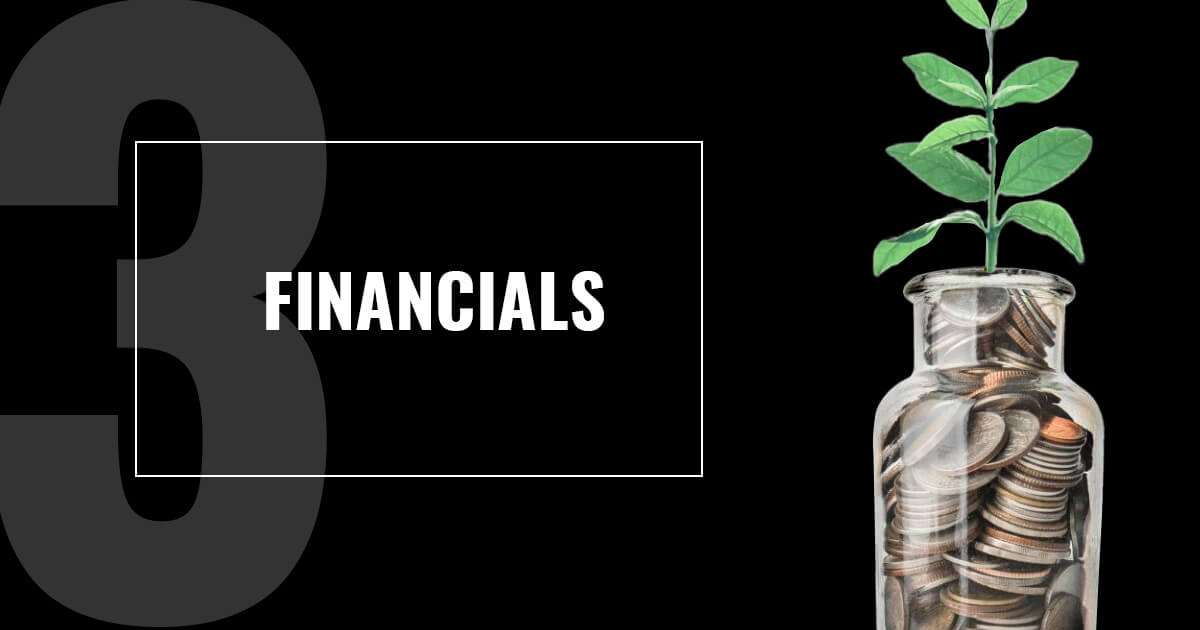
3. Financials
Before acquiring a Shopify App, you should definitely know that the financials are both complete (no missing data) and correct (no errors). Small businesses often lack good accounting, and businesses that are strong in product and marketing might pay less attention to the financials. Most founders aren’t intentionally misleading in their financial reports, but they often make mistakes because their accounting skills aren’t strong.
It’s usually a good idea to rebuild the founder’s P&L (profit and loss) statement from scratch. During due diligence, you’ll get access to all of the business’s tools and back-end software, so you can take their inputs to create your own P&L. Then, you can compare yours with the founder’s to identify any discrepancies. We follow this process at Centurica and we find it most effective at uncovering any discrepancies. Sure, it’s a lot of work, but it’s certainly worth it.
Once you’ve verified the P&L, consider the customer acquisition cost (CAC) and customer lifetime value (CLTV). Ensure that CLTV is higher than CAC or you’ll struggle to achieve profitability.
One of the good things about Shopify Apps is that you can benefit from visibility in the Shopify App marketplace. This can greatly reduce CAC, which leads us to our fourth and final pillar.
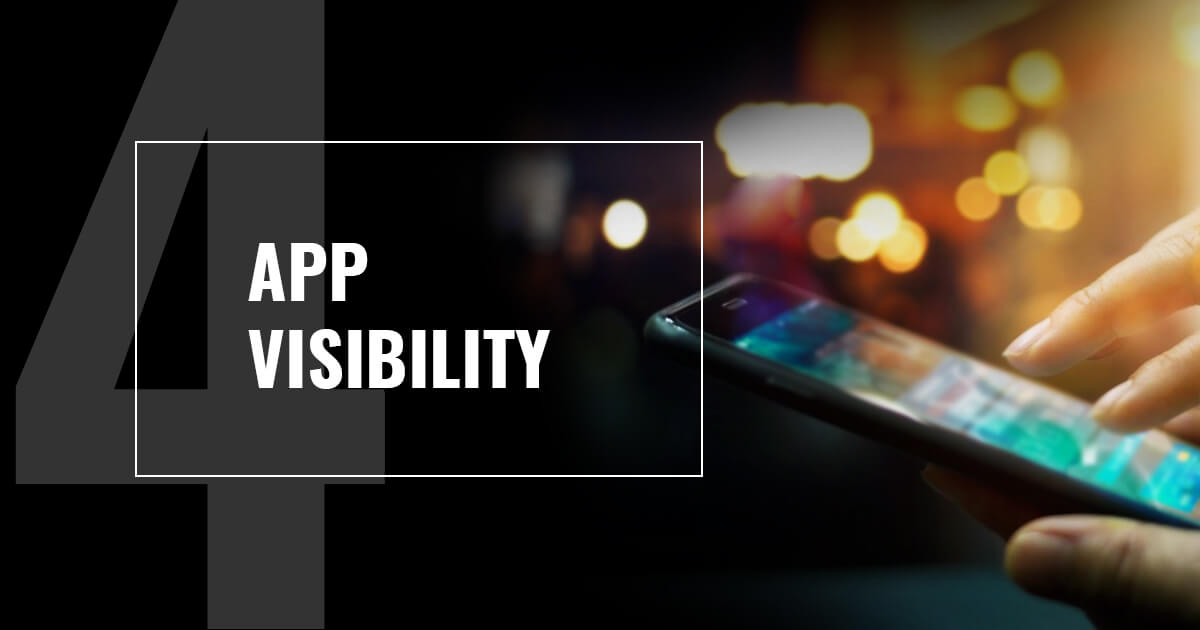
4. App Visibility
One of the most appealing aspects of Shopify apps is visibility in the Shopify App Store, putting your app in front of your target audience for free. You don’t need to pay for advertising and can generate consistent sign-ups, which is another reason why Shopify Apps are becoming so popular in roll-ups.
What leads to positive marketplace effects? In short, it comes down to ranking well for your target keywords. For example, let’s say the app you’re targeting is a tool that allows you to add a beautiful blog to your Shopify store. You’ll want to see if the app is showing up for the most relevant keywords such as “add a blog”, “blog plugin”, “blog”, and so on.
Reviews also help your Shopify App rank in the App Store (quantity, quality, and velocity). Due diligence should verify that the founder hasn’t participated in review manipulation. This can get your app permanently banned, so it’s super important to know how to spot it.
Working with an experienced professional makes sense here unless you’re already comfortable and experienced in diving into keywords in order to uncover opportunities and threats. Ranking in the Shopify App Store is a great way to grow the business, but not everyone does it in a legit fashion. A trusted expert who knows this can help you navigate the process.
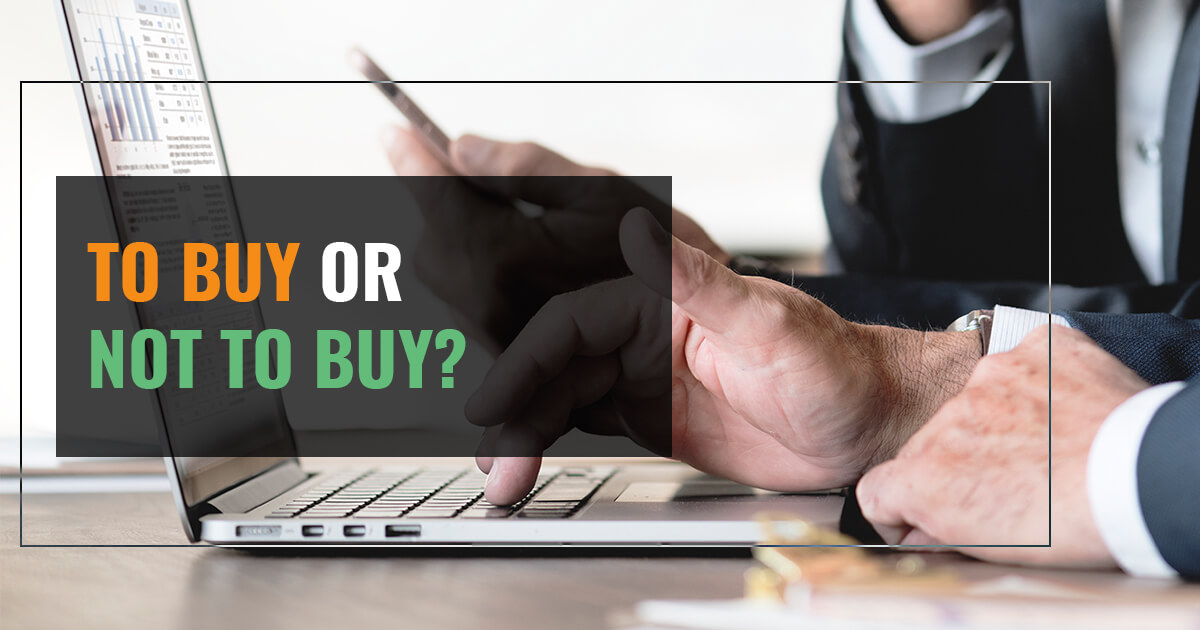
To Buy or Not to Buy?
At the end of the day, only you can decide whether a Shopify App is the right acquisition for you at this time. Stay true to your goals, trust your instincts, and always conduct thorough due diligence to mitigate risk. As a little summary, here are the four areas and some relevant questions to review when doing due diligence on a Shopify app.
#1 The Tech
- Is the business technically sound?
- Is the code built to last?
- Is it fit for purpose?
#2 Product Popularity
- Do customers like the product?
- Is there a lower than average churn?
- Are the churn rate and CS tickets low while the NPS is high?</li
#3 Finances
- Are financials complete and correct?
- Is the CLTV higher than CAC?
- Are there any accounting discrepancies?</li
#4 Visibility
- Is the app visible on the marketplace?
- Does it rank high for relevant keywords?
- Does it have a high volume of legitimate reviews?
These questions barely scratch the surface of due diligence, but give you a solid foundation to start making your acquisition less risky. If you have any doubts or uncertainties about a target, it may not be the right business to acquire. You might also need to talk to the owner to discuss a change in pricing.
If you need help with due diligence on your Shopify App or any acquisition, please reach out to our team at Centurica. Our analysts have expertise in all online business models (not just Saas and Shopify Apps) and are happy to support you in achieving your acquisition goals. We’re here to stop you from buying a bad business and help you buy with confidence.

